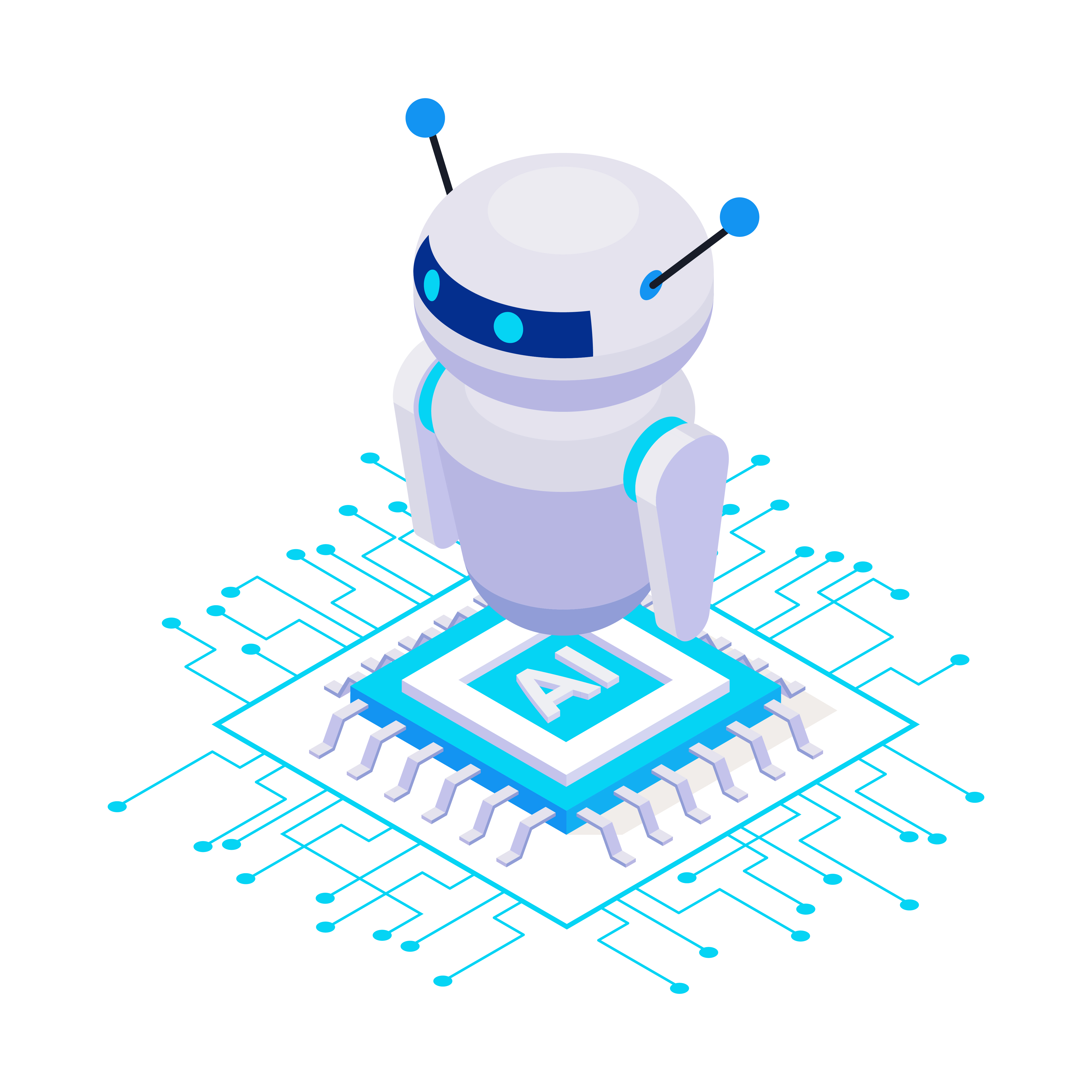Decoding Decimal: A Guide to Decimal to Binary Conversion
Unveiling the Binary World: Mastering Decimal to Binary Conversion
Introduction:
- Introduce the concept of decimal to binary conversion and its significance in computer science, digital electronics, and programming.
- Highlight how understanding binary representation is fundamental to computational thinking and data processing.
Understanding Decimal to Binary Conversion:
- Explain the process of converting decimal numbers into their equivalent binary representations, where each digit in the binary number represents a power of 2.
- Discuss the importance of binary notation in computer memory storage, data transmission, and mathematical operations.
Methods of Decimal to Binary Conversion:
- Manual Conversion: Provide step-by-step instructions on how to manually convert decimal numbers to binary using the division-by-2 method or by successive division and remainder calculation.
- Online Tools and Converters: Introduce online tools and converters that automate the decimal to binary conversion process, making it quick and convenient for users.
- Programming Techniques: Discuss how decimal to binary conversion can be implemented programmatically using programming languages like Python, Java, or C++.
Practical Applications and Use Cases:
- Explore real-world applications of decimal to binary conversion, such as computer programming, digital signal processing, and network protocols.
- Highlight how binary representation simplifies data storage and manipulation in computer systems and enables efficient computation in digital circuits.
Tips and Tricks for Decimal to Binary Conversion:
- Share tips for effectively converting decimal numbers to binary, including methods for handling negative numbers, fractional numbers, and large integers.
- Provide examples of common challenges and pitfalls to avoid when performing decimal to binary conversion, such as rounding errors and overflow conditions.
Beyond Decimal to Binary:
- Discuss advanced topics related to binary numbering systems, such as binary-coded decimal (BCD), two's complement representation, and floating-point arithmetic.
- Explore alternative numbering systems and their applications in specific contexts, such as octal and hexadecimal notation in computer programming and digital electronics.
Conclusion:
- Summarize the key takeaways from the blog post, emphasizing the importance of decimal to binary conversion in computational thinking and digital communication.
- Encourage readers to explore binary representation further and experiment with converting decimal numbers to binary in their own projects and learning endeavors.
Additional Resources:
- Provide links to additional resources, including decimal to binary conversion tools, mathematical tutorials, and programming references, for readers interested in further exploring this topic.
Tags
decimal to binary
binary to decimal conversion
binary to decimal
decimal to binary conversion
program for binary to decimal conversion
decimal to binary convertion on learning monkey
step by step decimal to binary conersion
binary to decimal converter
convert from decimal to binary
binary
binary to decimal decoder
binary to decimal hindi
binary to decimal in hindi
binary coded decimal
binary to decimal coder bano
